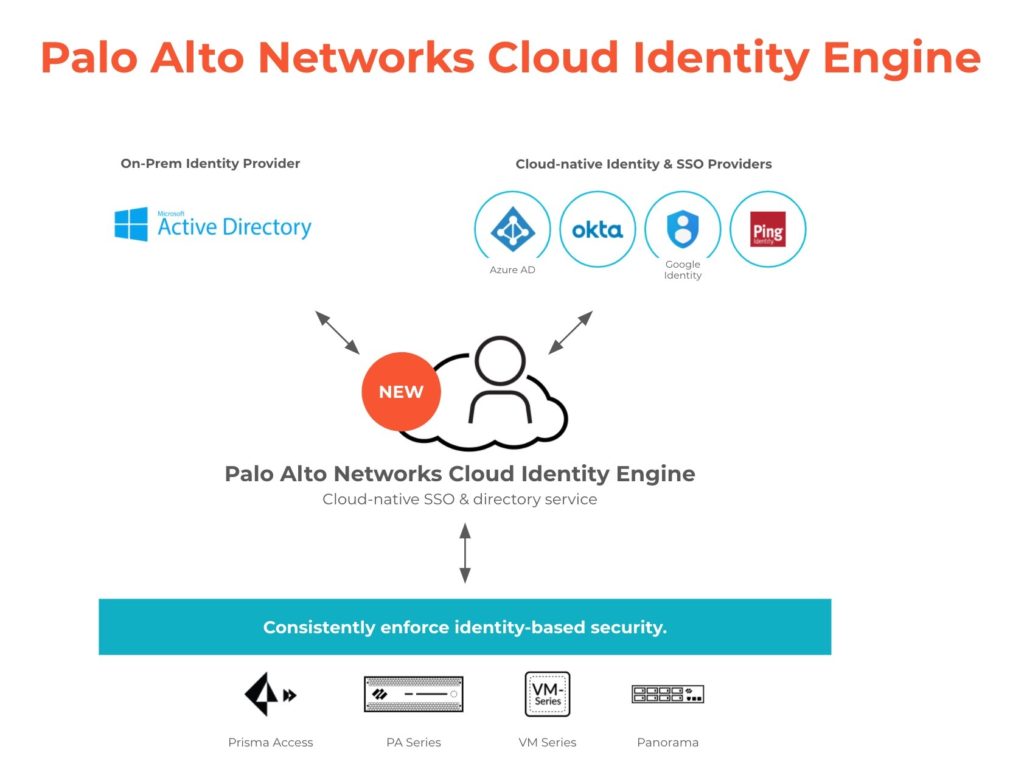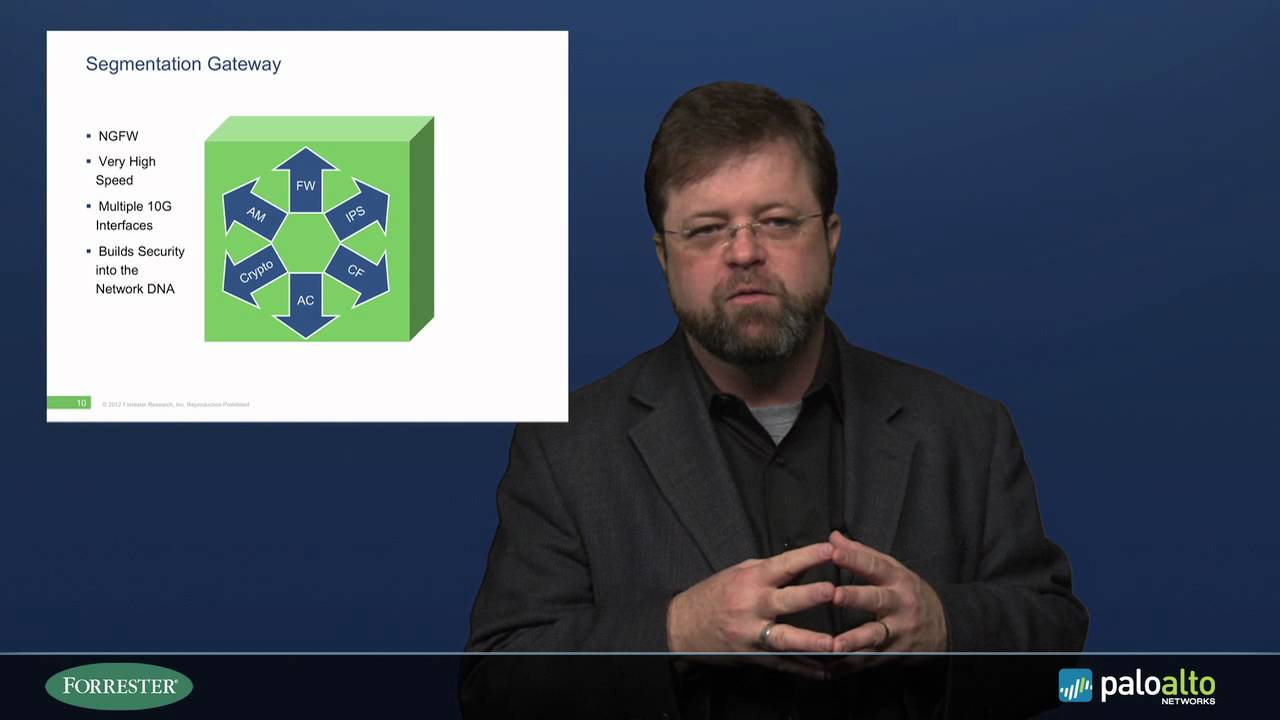What started as a dissertation on computational security by Stephen Paul Marsh in 1994 is now becoming the new mantra of security specialists in 2021. Marsh postulated that trust is finite and presented it as a mathematical construct. He went on to claim that zero trust surpassed distrust when it came to securing computing systems, applications, and networks.
In 2010, Forrester analyst John Kindervag, outlined what we have come to know today as zero trust model (aka zero trust architecture or zero trust network architecture or perimeterless security).
Twenty-seven years on (since 1994), the zero trust concept has entered the mainstream with nearly every major vendor voicing their interpretation of the concept and how to make it a reality at your organisation.
With its roots on firewall solutions, Palo Alto Networks joined the zero trust foray at its Ignite 2012 event. The May 2021 announcement serves to cement its offering of a “complete” offering including SaaS security, advanced URL filtering, DNS security, cloud identity engine, and ML-powered firewalls.
The vendor claims the goal is to “allow” organisations to “easily and effectively implement Zero Trust Network Security”.
Editor’s pick: Zeroing on trust – it’s not a product
Four benefits:
Secure access to the right applications: An integrated Cloud Access Security Broker (CASB) that allows customers to proactively extend secure access to all SaaS applications, including those never seen before.
Secure access for the right users: Using a Cloud Identity Engine allows customers to easily authenticate and authorize their users across enterprise networks, clouds and applications, irrespective of where their identity stores live.
Figure 1: Palo Alto Networks Cloud Identity Engine:

Enhanced security: The Advanced URL Filtering service offers industry-first prevention of zero-day web attacks with inline machine learning capabilities. The expanded DNS Security capabilities prevent emerging DNS attacks that no other solution protects against.
Making secure access universally available: Available on firewall form factors: hardware, software and cloud-delivered, and run on new ML-powered firewall models.
“The productivity of a hybrid workforce lies in the ability for users to move freely on and off the campus network and still securely access any applications or data from any device in any location. Enabling this seamless experience securely is one of the many promises of a Zero Trust architecture,” said Anand Oswal, senior vice president, Firewall as a Platform, Palo Alto Networks.






